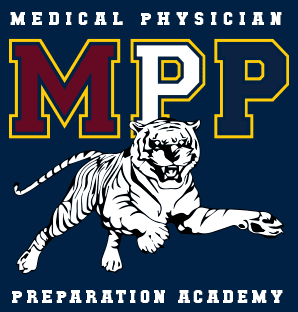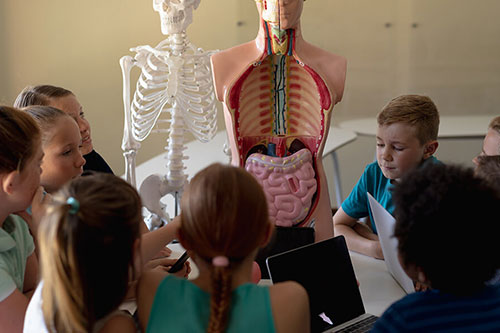Students will go through several Dosage Calculation practice problems. We will start with the most basic calculations and build up to more complex dosage calculations, including specialty chapters for different fields like pediatrics, maternity, and critical care. Students will receive a detailed explanation of how to work through each problem. We teach 3 methods to solve each kind of problem, which helps you master the calculations in the easiest and fastest way possible for YOU.
Critical Care
- Patient Controlled Analgesia (PCA) Pumps
- Medication Titration
- Heparin Titration
- Insulin Titration
- Calculating Dosage Based on Body Surface Area (BSA)
- Rule of Nines and Parkland Formula
Maternity
- Oxytocin
- Magnesium
- Calculating Blood Loss Following Delivery
Dosage Calculation: Concentration, Reconstitution, and Dilution
- Definition of Terms
- Reconstitution
- Dilution
- Reconstitution & Dilution
Dosage Calculation: Units of Measure and Conversions
- Overview of Units of Measure
- Converting within Metric
- Converting within Household
- Converting Between Metric & Household
- Converting Between Fahrenheit & Celsius
- Converting Between Military & Standard Time
Abbreviations, Prescriptions, and Drug Label Components
- Abbreviations
- Prescription Components
- Order Components
- Drug Label Components
Oral Medications
- Tablets and Capsules
- Liquid Medications
Injectable Medications
- Injectable Medications
Insulin
- Reading & Filling Syringes
- Mixing Insulins
- Correctional Coverage
- Fixed & Correctional Coverage
- Nutritional Coverage
- Nutritional & Correctional Coverage
Intravenous therapy
- Delivering IV Fluids Using a Pump
- Delivering IV Fluids Using Gravity
- Weight-based IV Infusions
Intake & Output
- Calculating Intake & Output
- IV Fluid & Medication Intake
Pediatrics
- Review of Conversion Factors
- Converting Pounds/Ounces to Kilograms
- Calculating Dosage Based on Body Weight
- Calculating Safe Dosage Ranges
- Calculating Maintenance Fluids
- Calculating Intake & Output
- Strength of Feeds
Disasters and Triage
Different actions that should occur before, during, and after disasters. These include mitigation, preparedness, response, and recovery. the classification system used to triage during mass casualty events.
Epidemiology
Epidemiology including the epidemiologic triangle. This triangle consists of the agent, host, and environment. Discuss other important terms in epidemiology like incidence, prevalence, attack rate, endemic, epidemic, and pandemic.
Health Insurance
The differences between Medicare and Medicaid, including the four parts of Medicare and what each of them covers.








